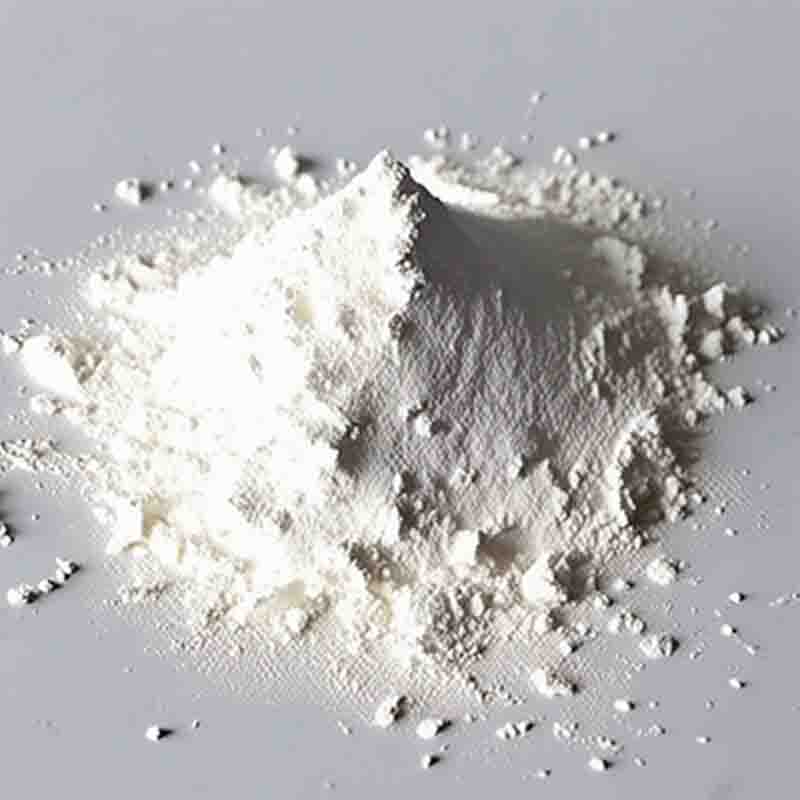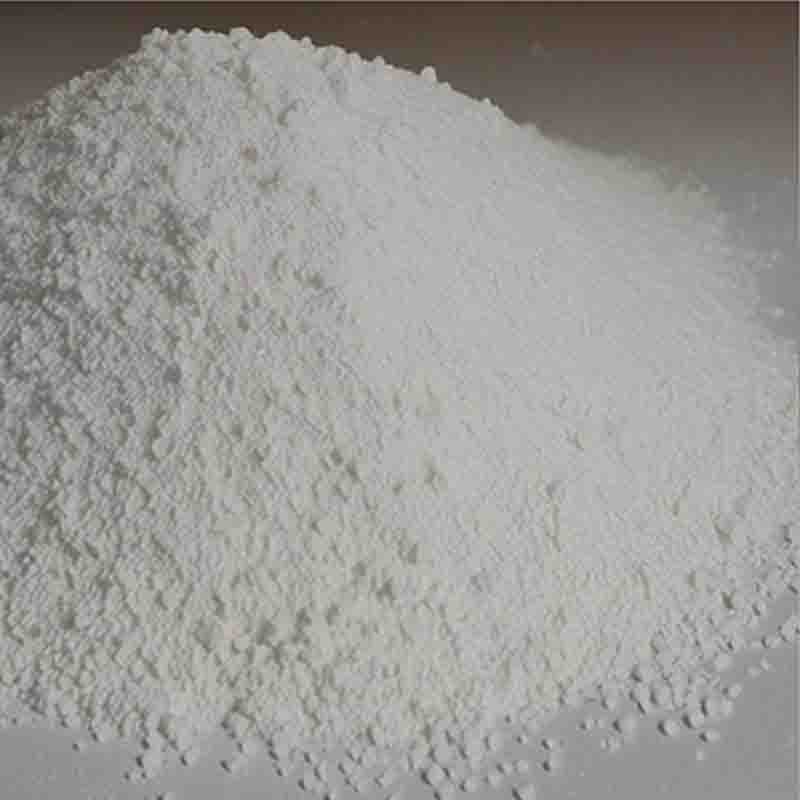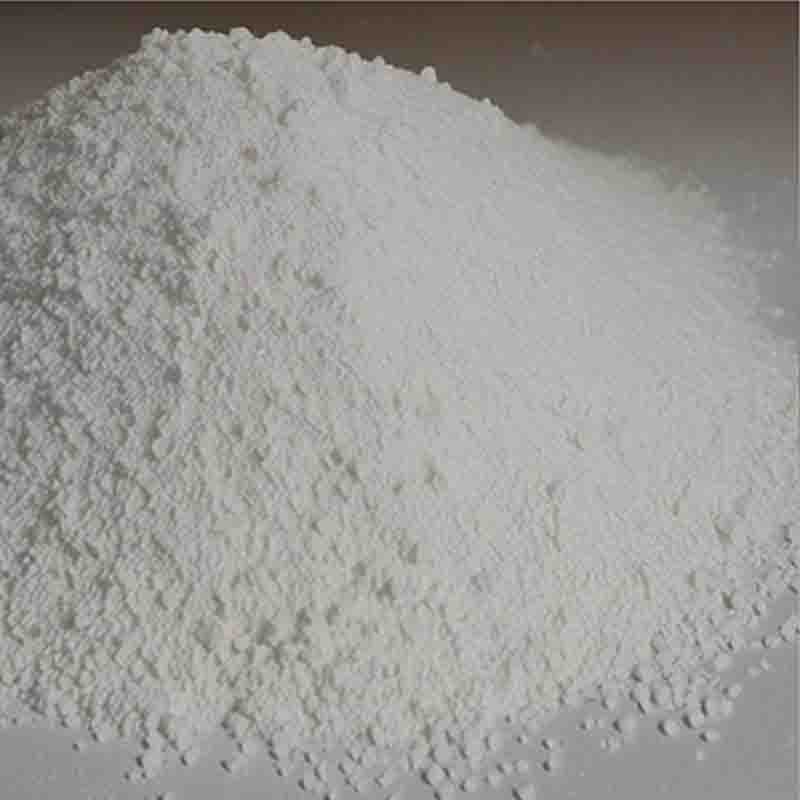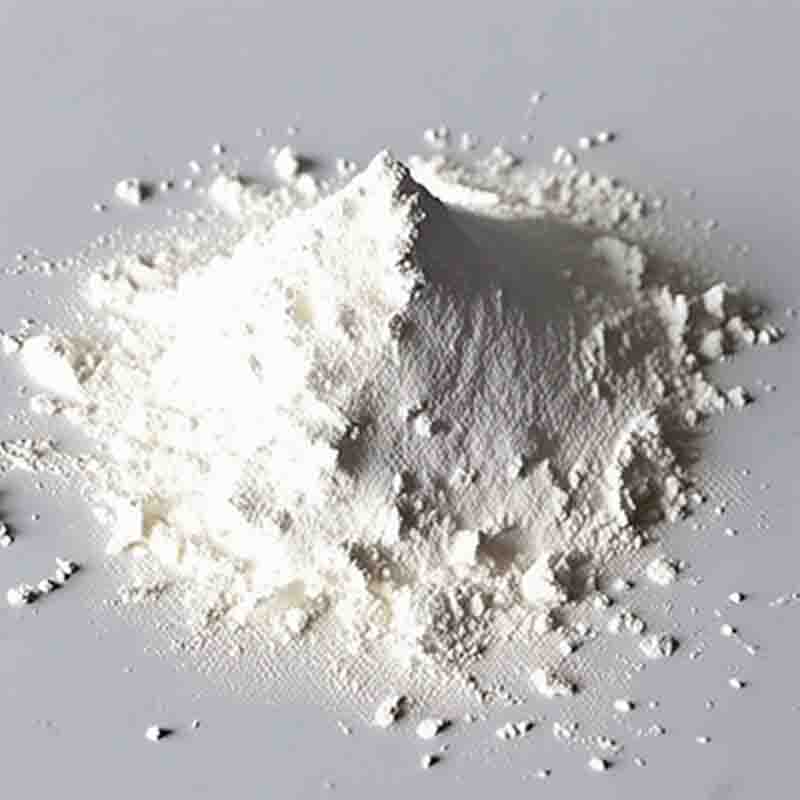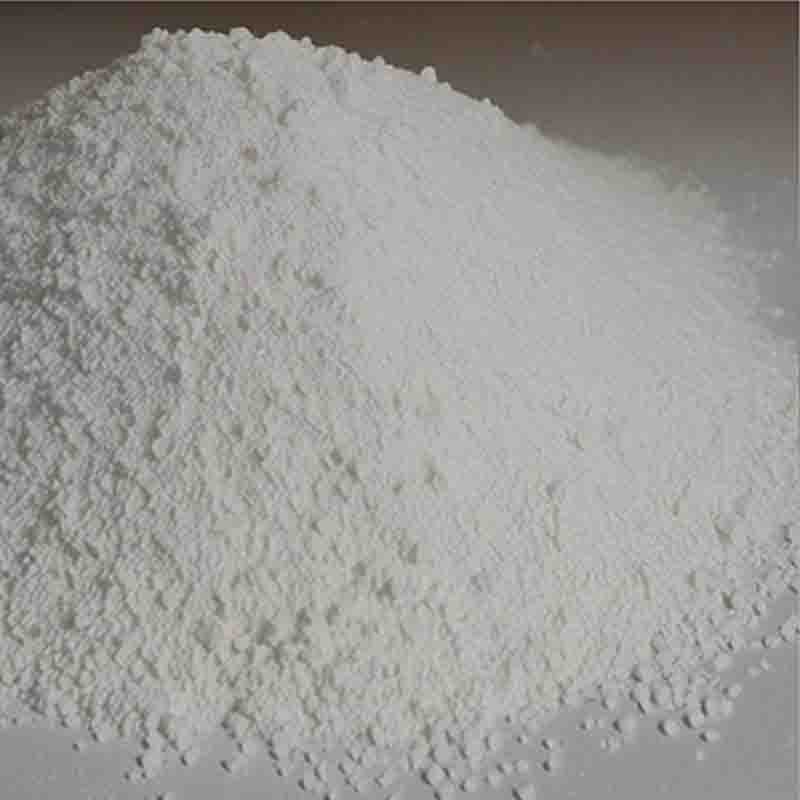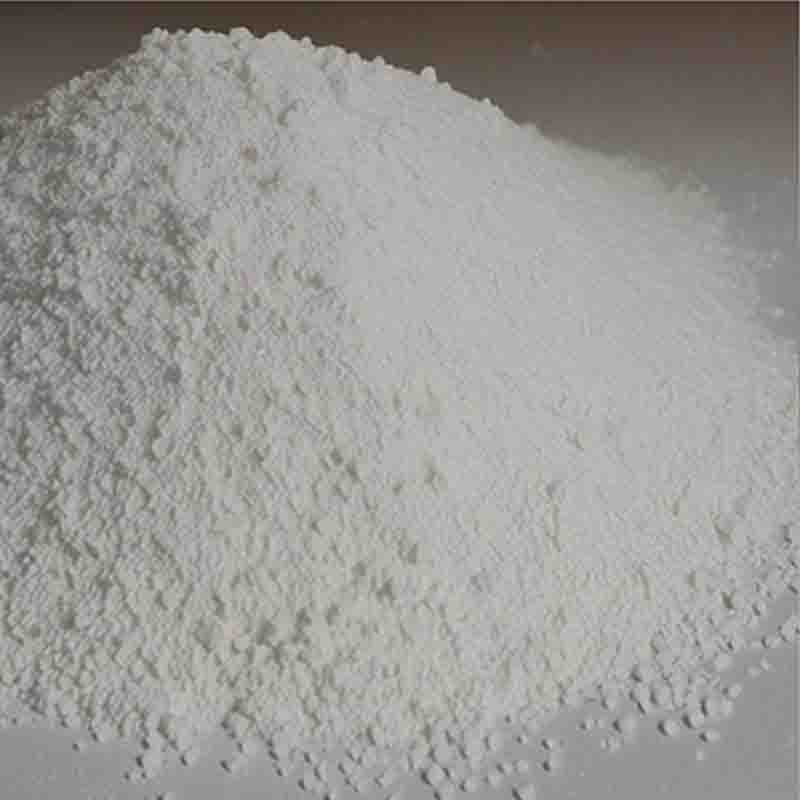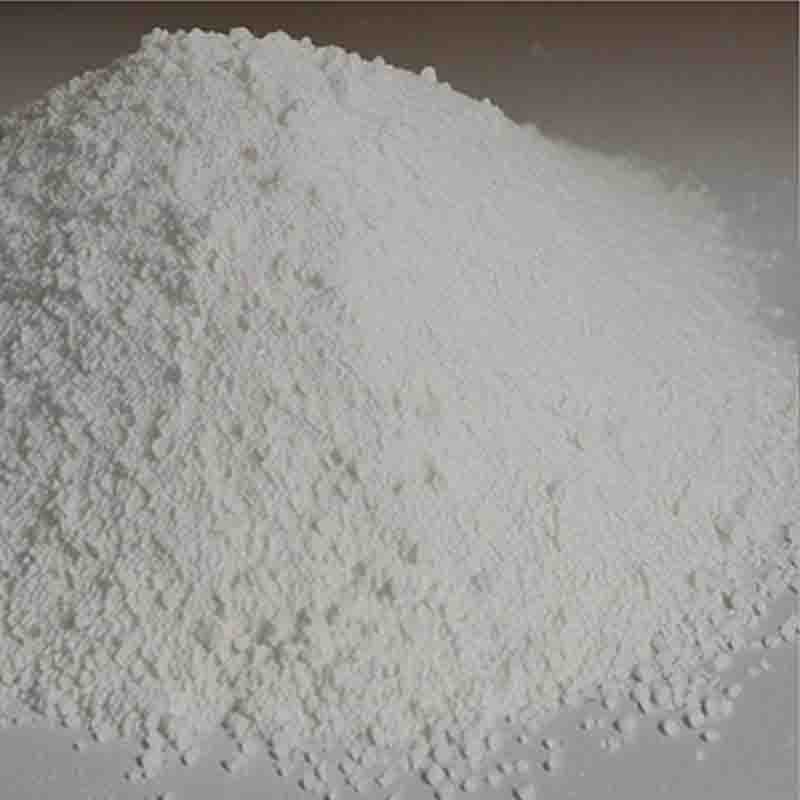L-Valinemethylesterhydrochloride CAS:6306-52-1
| Catalog Number | XD95765 |
| Product Name | L-Valinemethylesterhydrochloride |
| CAS | 6306-52-1 |
| Molecular Formula | C6H13NO2.ClH |
| Molecular Weight | 167.63 |
| Storage Details | Ambient |
Product Specification
| Appearance | White powder |
| Assay | 99% min |
L-Valinemethylesterhydrochloride, also known as L-Valine Methyl Ester Hydrochloride, is a chemical compound that has several effects and applications in the field of chemistry and biochemistry. Here are some noteworthy effects associated with L-Valinemethylesterhydrochloride:Amino Acid Derivative: L-Valinemethylesterhydrochloride is a derivative of the amino acid L-valine. Amino acids are the building blocks of proteins and play essential roles in numerous biological processes. L-valine is an essential amino acid that is not produced by the body and must be obtained through diet or supplementation. L-Valinemethylesterhydrochloride serves as a convenient derivative for the study and manipulation of valine-related processes.Precursor in Peptide Synthesis: L-Valinemethylesterhydrochloride is often used as a precursor in peptide synthesis. Peptides are short chains of amino acids that have various biological activities and can be potential drug candidates. By incorporating L-Valinemethylesterhydrochloride into peptide synthesis, chemists can introduce valine residues at specific positions, allowing the production of custom-designed peptides with desired properties.Racemization Inhibitor: L-Valinemethylesterhydrochloride can act as a racemization inhibitor in peptide synthesis. Racemization refers to the interconversion of enantiomers, turning one specific chiral form into a mixture of both enantiomers. L-Valinemethylesterhydrochloride can prevent this racemization process from occurring during peptide synthesis, helping to maintain the desired stereochemistry and purity of the final product.Chemical Synthesis: L-Valinemethylesterhydrochloride is used as a reagent in various organic chemical reactions. It can undergo transformations such as esterification, amidation, and nucleophilic substitution, enabling the synthesis of a variety of compounds. The compound's reactivity and stability make it suitable for use in diverse chemical reactions, allowing for the preparation of complex organic molecules.Chiral Auxiliary: L-Valinemethylesterhydrochloride has been employed as a chiral auxiliary in asymmetric synthesis. Chiral auxiliaries are temporary chiral groups that are attached to a molecule to control the stereochemistry of a reaction. By using L-Valinemethylesterhydrochloride as a chiral auxiliary, chemists can induce chirality and selectively generate enantiopure compounds, which are important in the synthesis of pharmaceuticals and other bioactive molecules.It is important to handle L-Valinemethylesterhydrochloride with care, following appropriate safety guidelines and standard laboratory practices. This compound should be used by experienced chemists and researchers who are familiar with handling amino acid derivatives and related chemical reactions.L-Valinemethylesterhydrochloride offers various benefits in peptide synthesis, asymmetric synthesis, and chemical transformations. Its versatility and compatibility make it a valuable tool for scientists working in the fields of organic chemistry, biochemistry, and pharmaceutical research.


